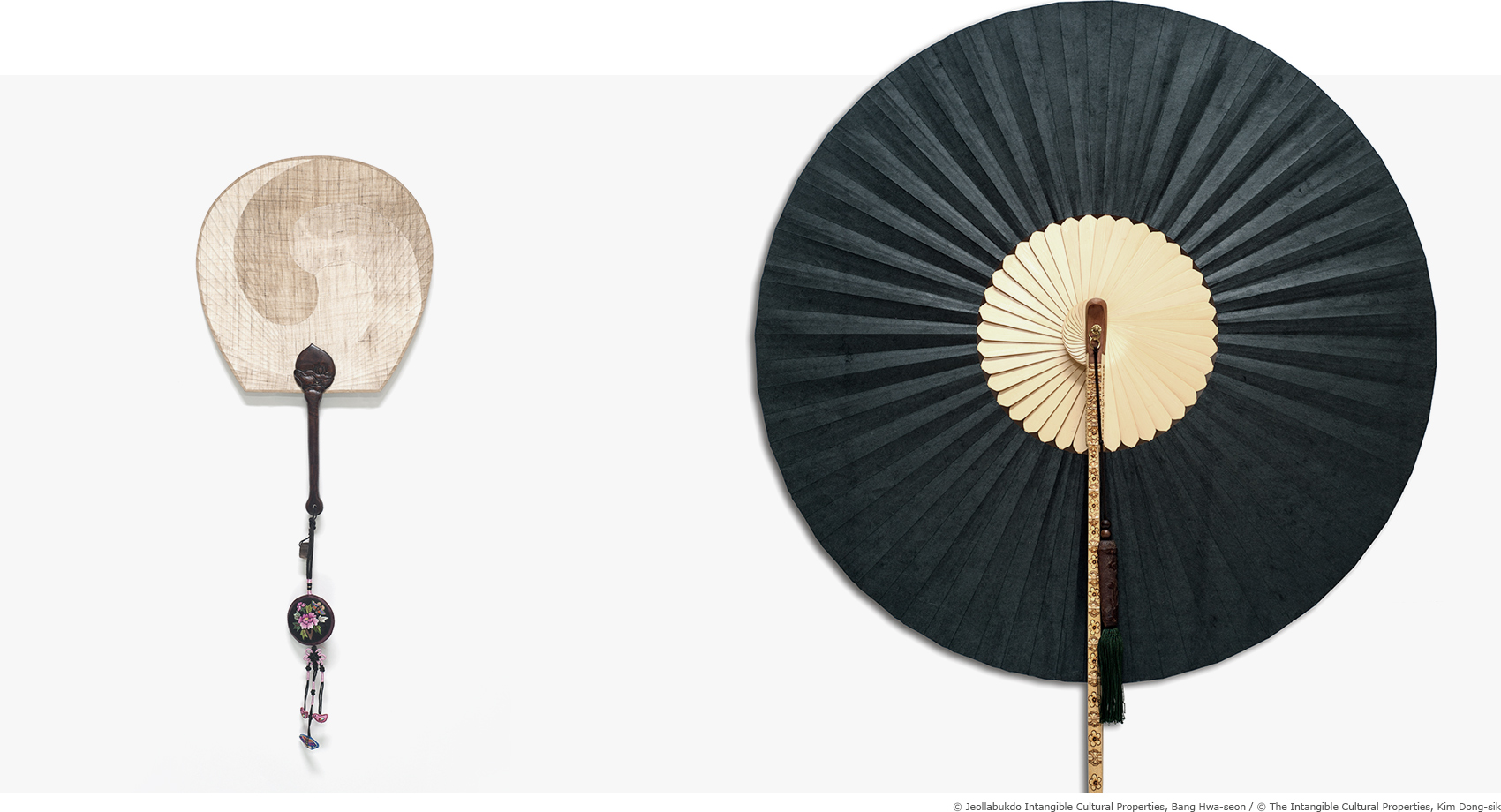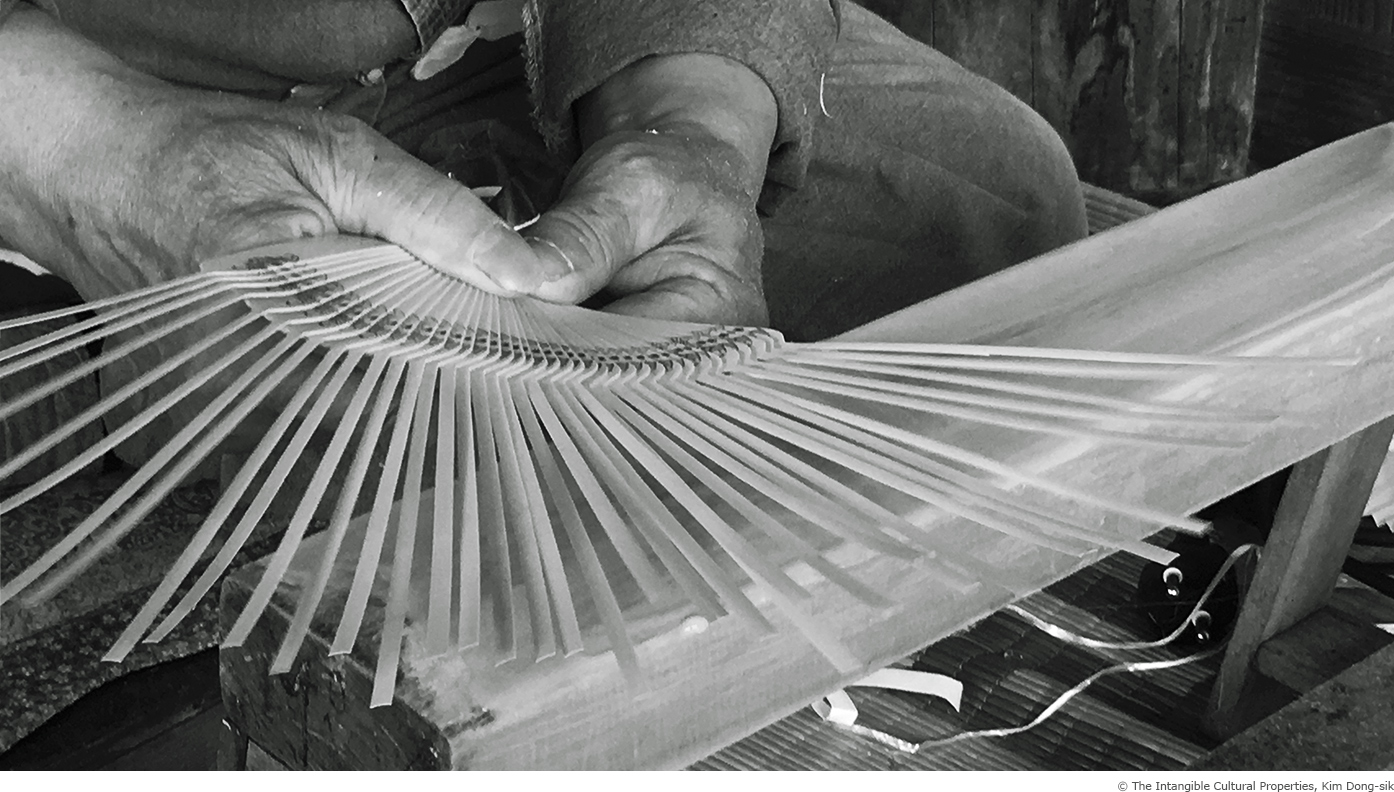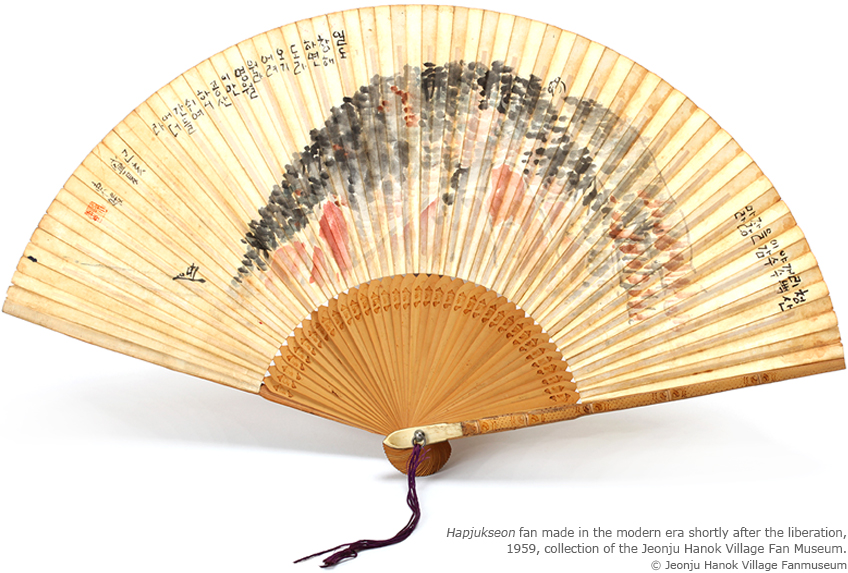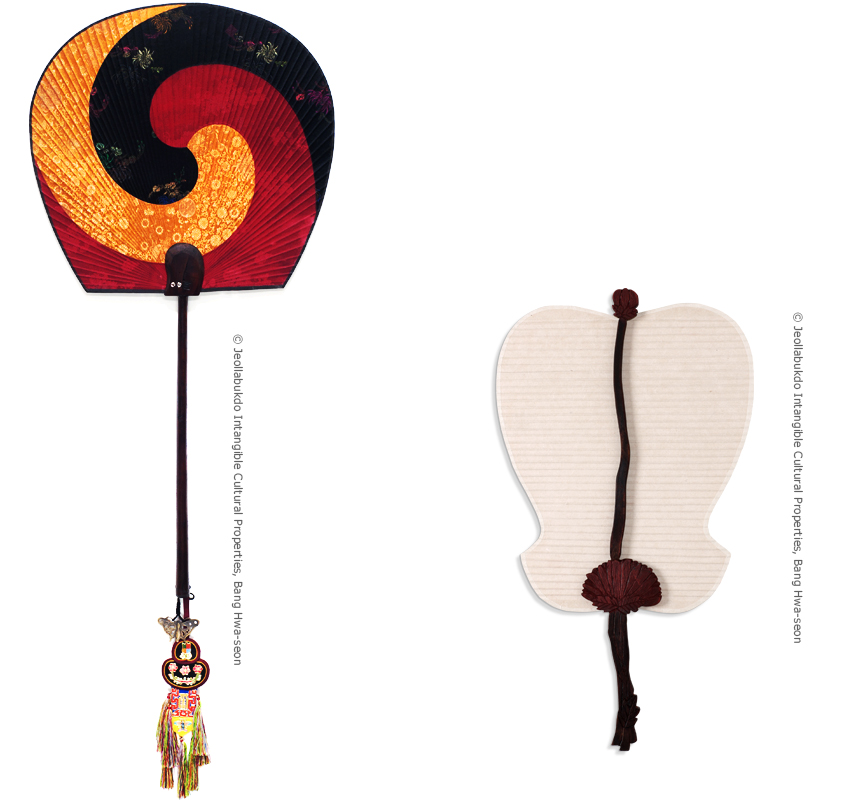
Contents


Free From Human Intrusion


Dreaming of Delightful Zone

Take You to the DMZ

Seeing With the Mind, Talking Through the Lens

the Design of Handheld Fans


Shared Together for Double the Happiness


Founded in the Spirit of Candlelight

Art of the Fold,
the Design of Handheld Fans
Back in the days when we didn’t have air conditioners, my mother used to fan us to sleep during hot summer nights. With the cooling wind blowing over us like a gentle breeze over the fields, we drifted to sleep before we knew it, the sleepless night turning to dawn. Unlike wind from machines like the electric fan or air conditioners, wind from a handheld fan is made by human hands and contains a touch of softness. There is no worry of catching a cold from a handheld fan. At the core of the fan’s design is the fold, inviting the user to spread it open.
Written by Lee Eun-yi , designer & writer

Long History of the Fan
The Korean word for fan is buchae which means “a tool for creating wind.” The history of the fan goes as far back as the history of humanity. It is thought that fans in primitive times were made of leaves, and a feather fan was discovered in King Tutankhamun’s tomb in Egypt dating back 3,000 years. In Korea, a fan spine thought to date back 2,000 years was discovered in Changwon. Although fans were commonplace objects in Korea, China and Japan, they were popularized only later in Europe. Chinese fans were brought to Europe in the 15th or 16th century, to be produced mainly in Paris. Fans became an essential lady’s accessory by the 18th century.
Fans fall into two major categories, rigid fans and folded fans. They are also called danseon and jeobseon in Korean, using traditional Hanja Chinese characters. The rigid fan, or danseon, is made by attaching round paper or silk to the ribs, while a folded fan, or jeobeon, is designed to be folded and opened. Among the folded fans, the jwilbuchae or hapjukseon, was a widely used type of fan made from bamboo in Goryeo (918-1392) and Joseon (1392-1910). The technique for producing these fans was so advanced that it was passed on to craftsmen in Ming China and Tokugawa Japan, as well. The jwilbuchae, which took 108 steps to finish, was such a prized product that it was used exclusively by nobility and in international trade.

Folded Design to be Opened
On Dano, a traditional holiday that occurs on the fifth day of the fifth lunar month and traditionally marks the formal beginning of summer, it used to be the custom in Joseon to give presents of fans inscribed with words or pictures. A Dano fan was a very meaningful gift, a royal gift presented to civil service officials by the ruling monarch. The fan was more than a tool to drive away the heat or “bad energy.” It was a symbol of class, with a greater number of ribs symbolizing a higher social status. A nobleman never left home without his fan, which was easily portable when folded and put in his sleeve.

The fan was also used to cover the face as a form of etiquette, as a percussion instrument by performers of pansori lyrical singing, and as a balancing tool by tightrope walkers. Women used fans to keep the flame going in the ovens and to blow away husks from loose grain. Although the fan is not as commonly used today, the design has remained almost unchanged. Waving a fan to create moving air is to unleash the potential energy within and to change the flow of air as the situation calls for. This is why the fold is at the core of a fan’s design. It calls upon us to spread it open and to spend our energy in the creation of moving air.

Other Articles



Dreaming of Delightful Zone


Take You to the DMZ

Seeing With the Mind, Talking Through the Lens




Application of subscription
Sign upReaders’ Comments
GoThe event winners
Go


 June 2018
June 2018


